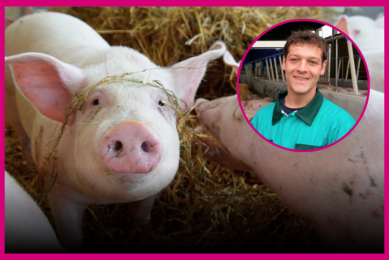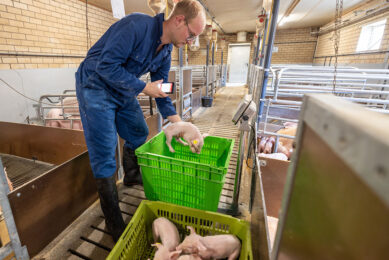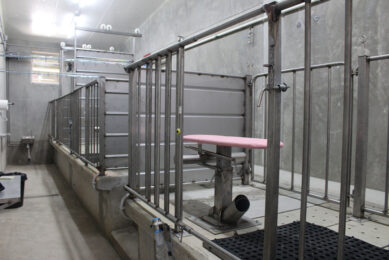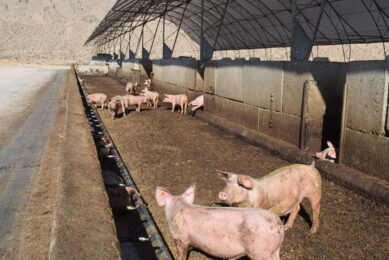Farm visit: Pig industry newcomers seize opportunities in Argentina
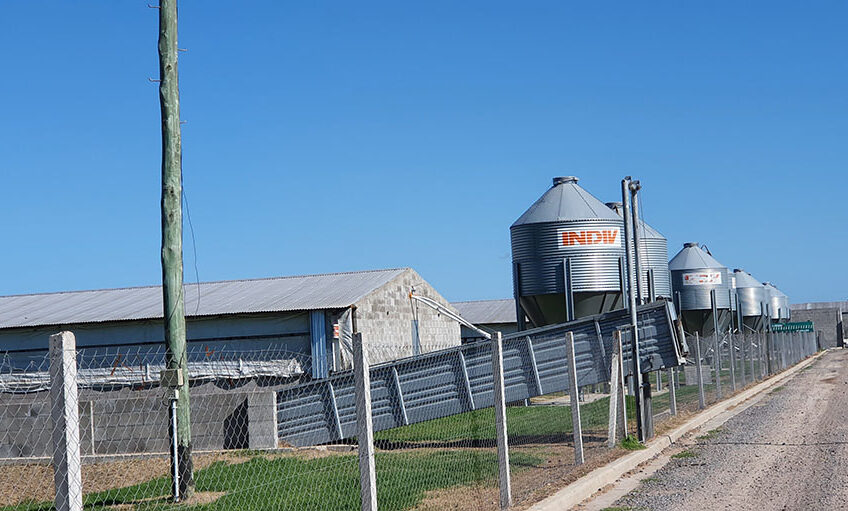
Argentina is destined to become a world player in pork production. This enables existing producers to further expand their business, but also gives room for new players to enter the market. The Good Pig, in General Las Heras, is a perfect example of this. Twins Matias and Nicolas Riva entered pig production in 2015 with no background at all. They now run a closed sow farm they are currently expanding to 1,300 sows. The plan is to get to 3,000 sows within the next couple of years.
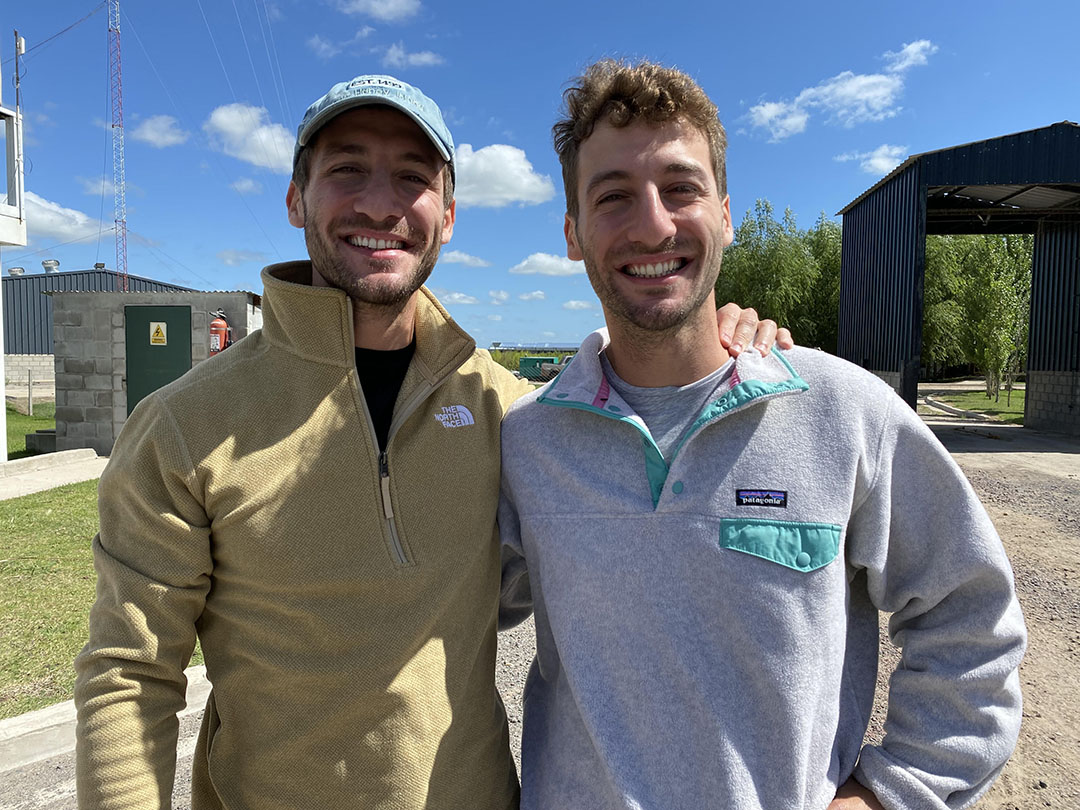
On the drive southwest from the capital Buenos Aires towards General Las Heras, there are acres of grains and grass as far as the eye can see. This could well be considered the promised land for pig farmers, compared to denser production areas in the world. With government support for development, the Argentine pig industry is on the cusp of becoming a world player in pork production, with huge opportunities in the domestic market and abroad.
It was this perspective that convinced the Riva family to step into the world of pig farming in 2015. The Good Pig started to produce in 2017, with a 500 head sow farm. They are expanding currently to 1,300 sows. The twins Matias and Nicolas Riva started managing the farm without any practical experience.
Learning by doing
“It was literally learning by doing,” Matias explains. “I believe it is the one true method to get to the core of what the company stands for. I have worked in every production stage at the farm. Taking the time to do so has made me very conscious of every process and understand our employees. I believe this is the best way of creating common ideas and goals, speaking the same language. It was also important to understand which part I liked the most and focus on those, which ultimately became beneficial – not only for me, but also for the company.”
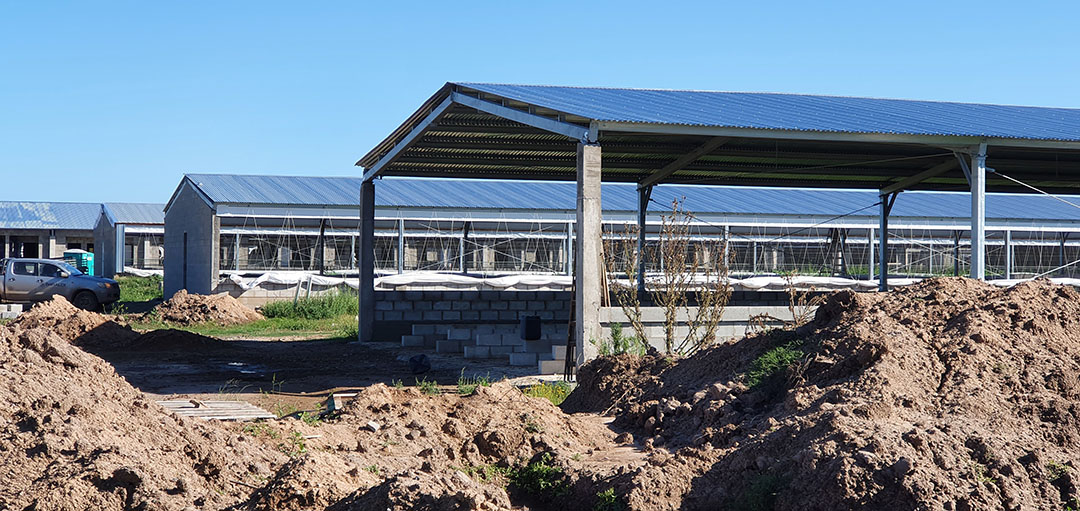
Matias is now the vice-president operations for the sow farm. Brother Nicolas is managing Gene Pig, another part of the company that takes care of multiplication and artificial insemination for genetics company Topigs Norsvin. It has 50 boars, 7 of which are for their own use; the others supply semen to other farms.
Business opportunity
The Riva family was in the marine business for over 20 years. Father Riva bought a former marine research ship in 2001 and rebuilt it to be a boat for Antarctic tourism. For the past 20 years, this has been his main business. Matias studied international business in Argentina and went to London for a year in 2014 as part of an international exchange programme. In the meantime, his father saw a business opportunity in the pig industry with a partner who knew about pig farming.
What started as mainly an investment turned out to be a new operational business when the partnership ended, and the Riva family took over operations. “At first I wanted to go back to London to study finance,” Matias explains. “But I saw a huge opportunity for personal and professional growth to step into the pig industry. So, I decided to stay and try to do my best at it.”
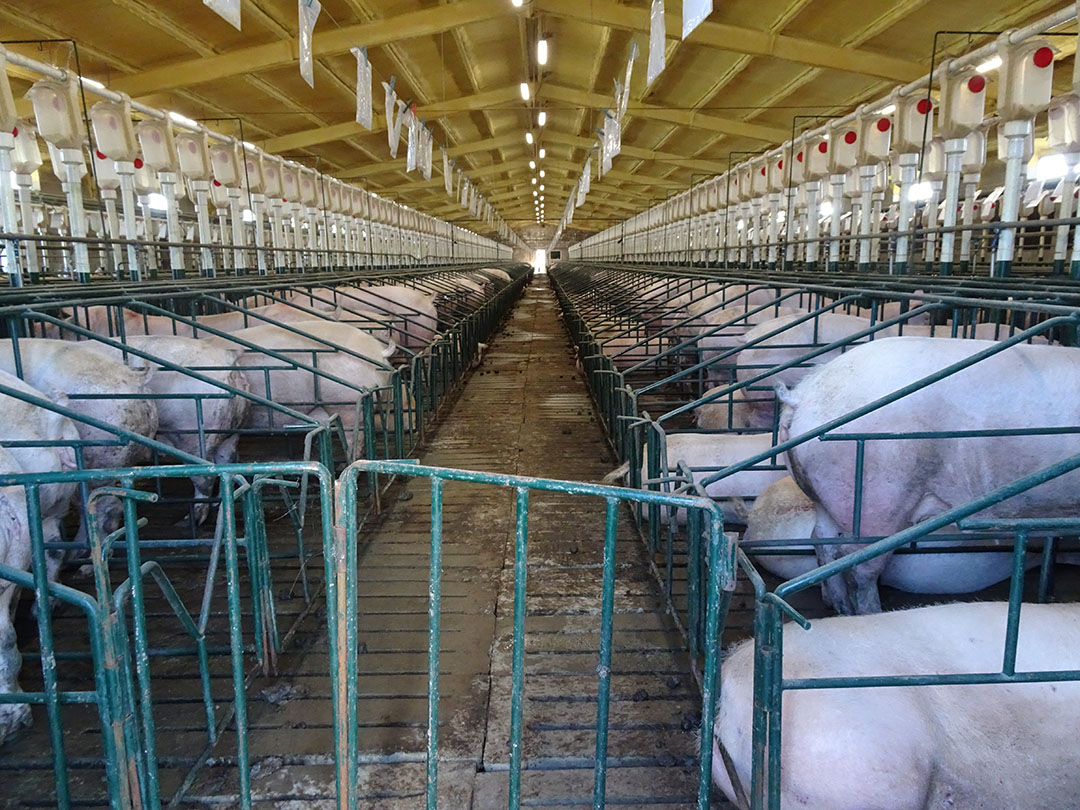
Expansion in operation
Seeing opportunities and acting upon them in management is key for the Riva family, and when you enter the farm premises it shows. The expansion from 500 to 1,300 sows is in full swing. New buildings are going up, and construction workers everywhere are doing the best they can to finish weaning and fattener units. Until recently, all the profits from the farm were directly re-invested in improvement and growth. For the final part of the expansion though, The Good Pig was granted finance of 150 million pesos (USD $ 1.3 million). Because the Argentine government supports expansion of pig production, this loan was granted under much better conditions than a regular bank loan would have been.
Construction of buildings is quite simple. Big brick walls, corrugated sheet roofs, concrete slats at the gestating sows and finishers, plastic slats at the weaners. Curtains or blades alongside all units break the ever-blowing wind, and big wall fans transport the air out of the units.
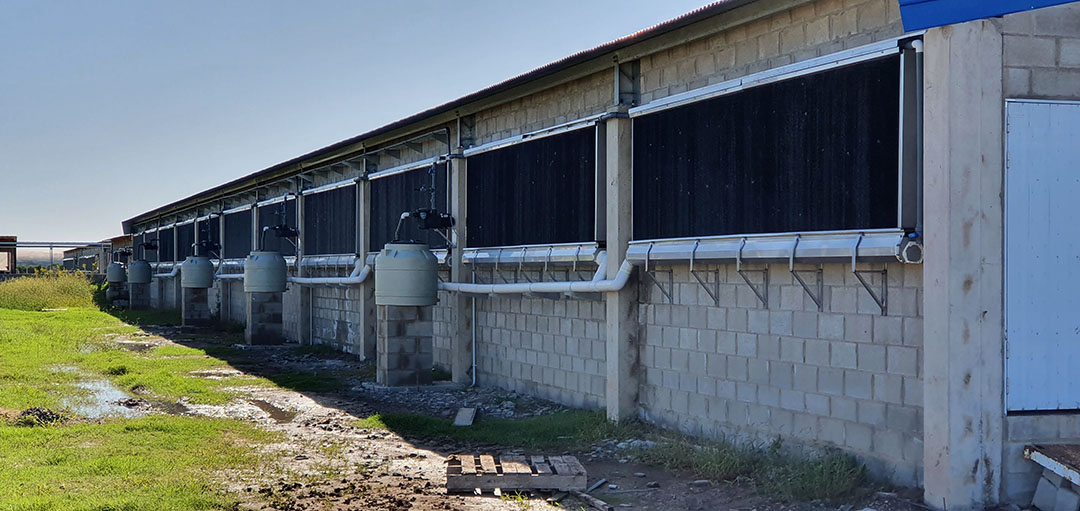
Sights set on 4,000 kg per sow
As Matias guides us through the farm, it is as if he was born and raised here. Part of the new weaner units are already in use. “We had some problems with ileitis last year, but we still managed to produce 3,300 kg of meat per sow per year. Now we are back at 3,600 kg, and are setting our sights on 4,000 kg for next year, which is where a farm with our conditions should be in good times.”
One of the management changes they made is to stop physical castration of males and instead use immunocastration by vaccination. “It is something we had to learn, but in the end, we can really see the advantage. The males are more efficient now and there is less risk of infection. Overall, we have gained around 3 kg per male pig with this.”
The weaners are fed in 4 phases, with the first 2 phases consisting of compound feed, which is provided in bags. Afterwards, they gradually switch to a diet of corn and soy. As feed accounts for 70% of cost price right now, The Good Pig is looking for options to grow more of their own feedstuff. The farm currently owns 77 ha of land and is renting another 300 ha. “But the soil around the farm is not that good, so the results haven’t been great,” Matias explains. “We must buy most of our feed components and are looking for good agricultural fields in a 100 km radius of the farm so we can produce at least half of what we consume ourselves.”
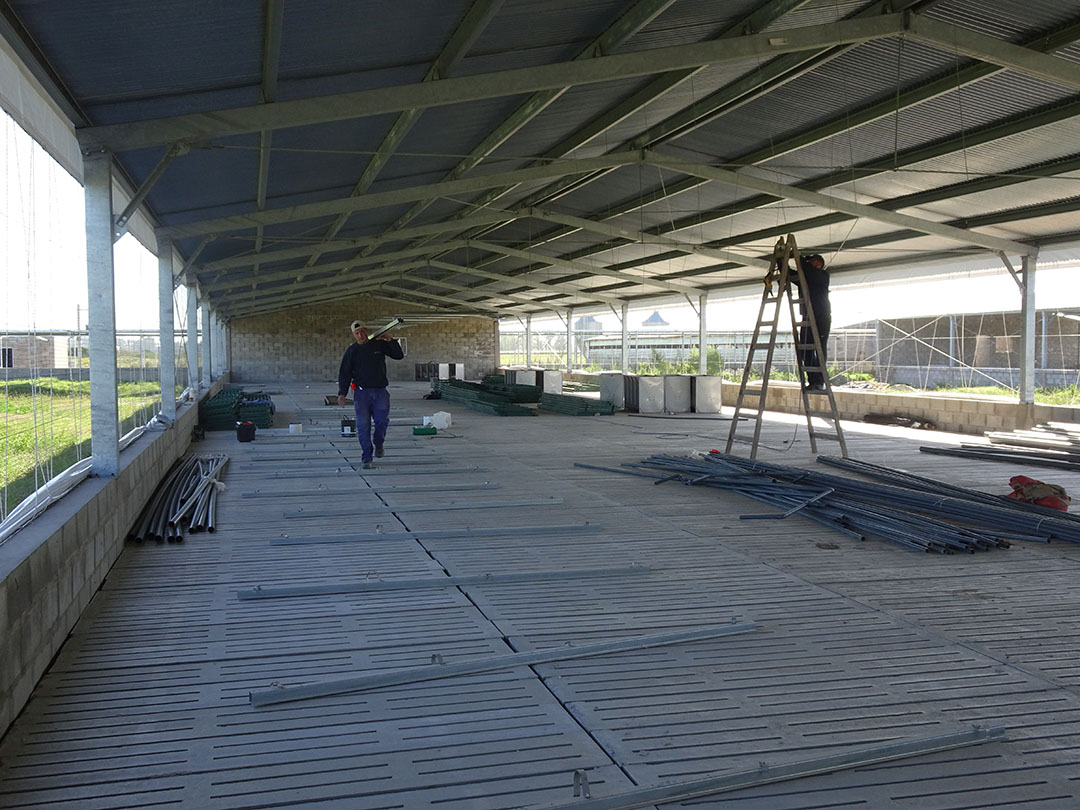
The remaining 30% of the cost price is divided between labour, commercialisation and administration mainly. Currently the farm employs 20 people. The most labour-intensive part of production is farrowing, with a 24-hour shift when piglets are being born. The team is divided into a hierarchy of four layers. Everyday tasks are divided into two groups and by sector, with employees and leaders. The next layer is management, containing the production manager and the administration manager, who is also in charge of the feed. The last layer is the board, which has 3 partners. “When I started, I rotated around the farm and hierarchy, mostly doing what needed to be done. Today I work between board and management,” says Matias.
Mission and vision
Unlike many other farms, The Good Pig clearly communicates to the outside world. They have a website where they state their mission and vision: producing quality pork with high animal welfare standards and providing local, enjoyable employment. Passion, performance excellence and responsibility are the main core values within the farm.
It is not just words. Currently, the gestating sows are still individually housed. But the brothers are already looking at group housing options for their next expansion step. “Not because the government asks for it, but because we want to exceed statutory requirements and be an example for the market.”
The Good Pig markets pigs in 2 ways: some are sold alive to slaughterhouse Frigorifico San Antonio de Areco at 120 kg average. The others are slaughtered at another slaughterhouse in Virrey del Pino. The Good Pig sells the carcasses to 2 clients in the Province of Buenos Aires.
Matias: “There has been huge growth in the local market over the last decade, and I believe it has potential to grow even more.” Export might also be attractive in the future, but according to Matias that would only be a small amount: “No more than 15% of production. Just to diversify, not cause shortage in the domestic market.”
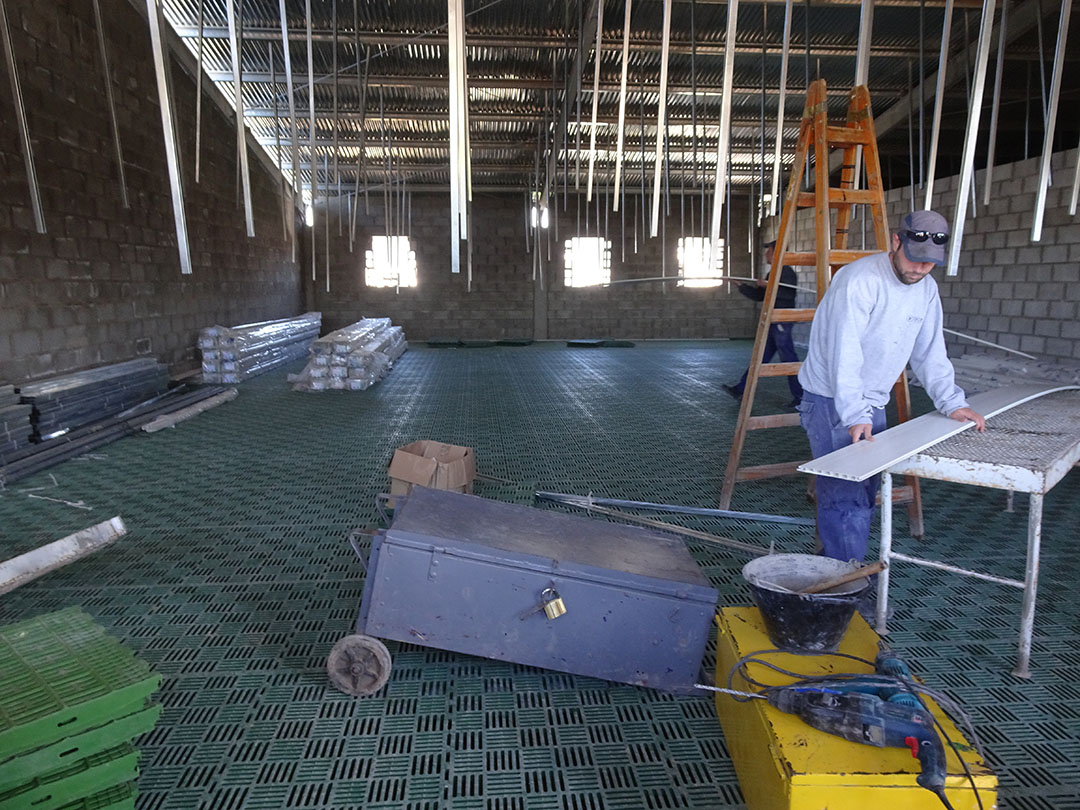
Keep on learning
Because Matias and Nicolas are continuously looking for ways to improve and innovate to get a good market position, they will travel to the Netherlands mid-June to attend a 2-week management training programme offered by Wageningen University. The course is focused on ambitious young leaders from the Argentine pig industry and is a partnership between the Dutch and Argentine pig chain and supported by the Dutch government.
“I want to keep on learning, just like when I started,” Matias explains. “We are still in the process of expanding from 500 to 1,300 sows, but that’s not the end. We will reach 3,000 sows at the farm. We’re eager to learn from experiences in leading pork production regions in the world.” Dutch technology and innovation are of interest to The Good Pig, so the management training programme could help them make the best choices for the future.
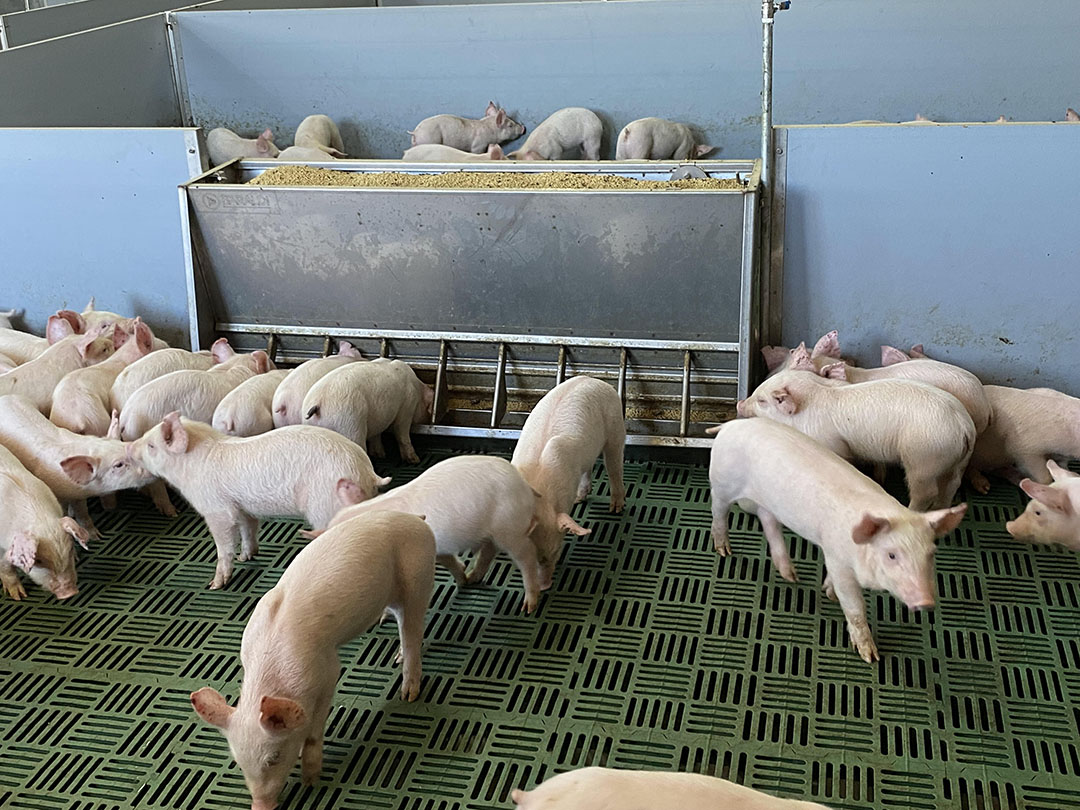
As mentioned previously, the production goal is to improve the current result of 3,600 kg by 500 kg more per sow per year once construction is finished and labour returns to normal. “This is not just about getting better numbers,” Matias explains. “It is about spreading the idea and objectives throughout the whole farm, to every employee, so they know where to aim for. Because they eventually will be the ones to execute the management vision. From my point of view, good communication is the biggest challenge in growing and expanding our business.”



